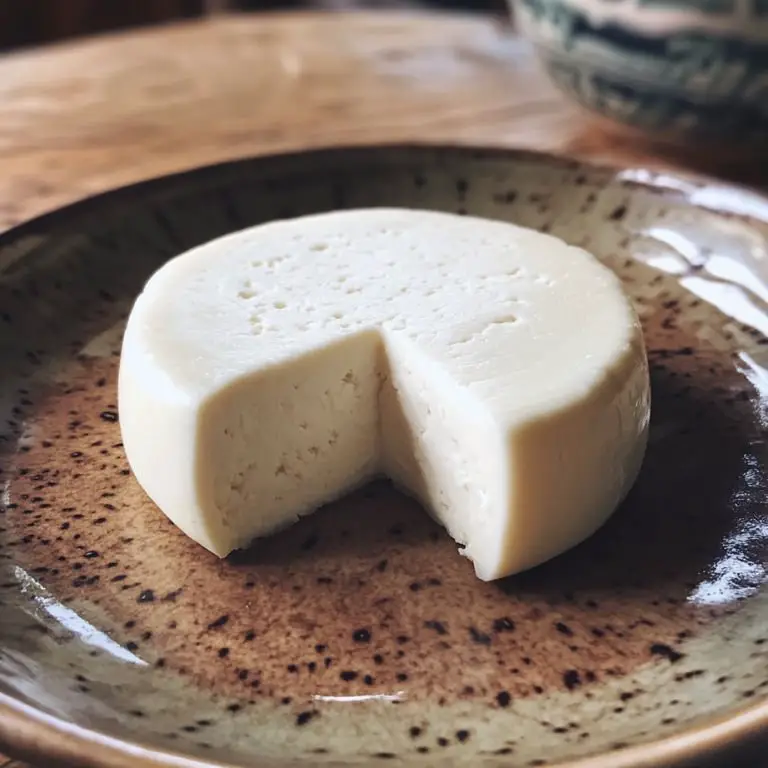
There’s something deeply satisfying about making your own cheese—especially when it’s as simple and rewarding as queso fresco. This soft, crumbly, and mildly tangy cheese is a staple in many Latin American kitchens, and once you make it at home, you’ll wonder why you didn’t try it sooner. It’s one of the most approachable home made cheese recipes out there, requiring just a few ingredients and no fancy aging or culturing. Whether you're curious about trying cheese recipes homemade or just looking for a new cheese snack to add to your repertoire, queso fresco made from whole milk is a great place to start.
Queso fresco is incredibly versatile. Crumble it over tacos, salads, or refried beans. It’s amazing on avocado toast or as a topping for roasted vegetables. It also works great in cheese appetizers, adding a salty bite to stuffed peppers or crostini. You can even mix it with scrambled eggs for quick breakfast ideas or layer it into a baked cheese dish alongside sharper cheeses like cheddar.
Stick to whole milk for the creamiest texture and best yield. Low-fat versions don’t produce enough curds for a satisfying result.
It’s mild, slightly tangy, and delightfully crumbly—perfect for balancing spicy or savory dishes.
Mozzarella is a stretched-curd cheese that melts beautifully, perfect for gooey cheese moments like in a cheese pasta bake. Queso fresco doesn’t melt; instead, it softens slightly, making it ideal for topping rather than stuffing or baking.
Absolutely. Once you’ve tried queso fresco, you might find yourself exploring cream cheese recipes, cheddar cheese recipes, or even homemade mozzarella cheese projects. There’s a whole world of cheese food recipes out there.
Yes—but remember, it doesn’t melt like mozzarella or cheddar. Use it in baked cheese casseroles as a topping, or stir into hot dishes just before serving.